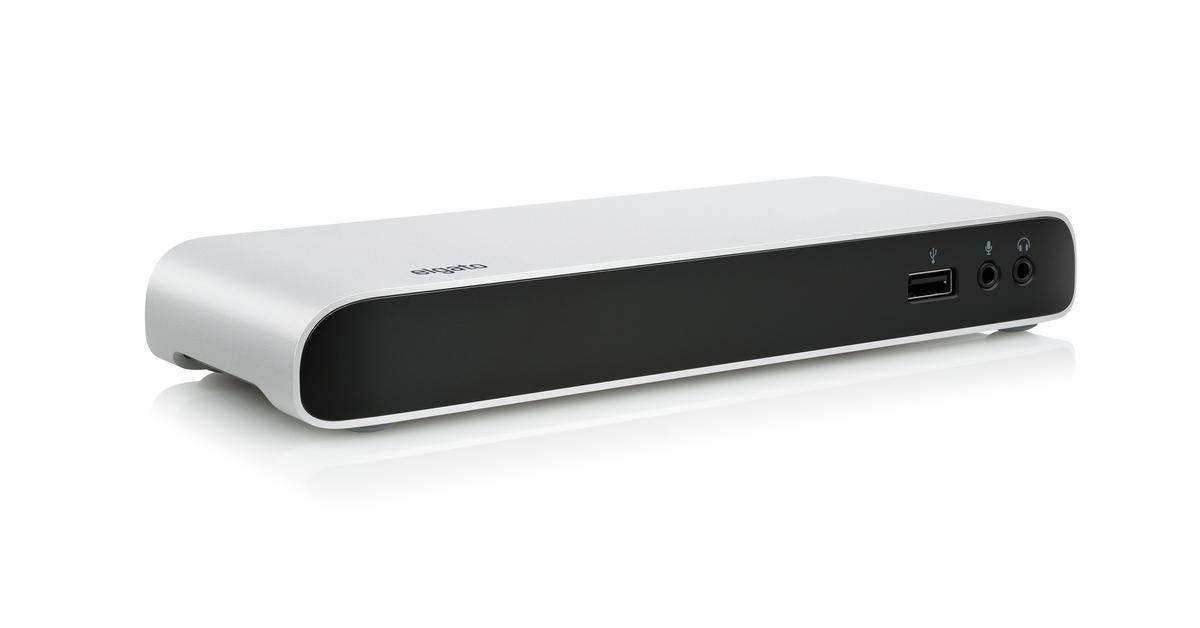

(I feel the same thing happened with USB-C and TB3.) When you plug a TV into the iMac, the iMac is a Thunderbolt "host" device. Malcolm's explanation is also correct, I don't know if it was intentional, but Apple using the same mechanical interface for mDP and TB1/2, and then asserting that the ports were compatible with mDP displays and claiming that TB signals included the DisplayPort signals to achieve this causes a lot of confusion. Hardware based solution is the only option to beat this. PS: There are software based solutions which offers mirroring of Apps but I can't use that since my Work laptop connects to my company's VPN and hence the screen-mirroring software runs shows high latency. Is there any cord/adapter/docking station/Thunderbolt 1 adapter solutions which will work or there's no respite?
:quality(90)/article-new/2021/01/owc-thunderbolt-4-dock.jpg)
Not sure if that's what you meant.Īnd I assume your windows laptop doesn't have a Thunderbolt port? If the port is USB-C, and not Thunderbolt 3, (check for thunderbolt symbol near the port) then this doesn't work.įrom the start, the Apple Thunderbolt 3 (USB-C) to Thunderbolt 2 adapter has a very misleading name, it does not convert USB-C signals to Thunderbolt 2 (nor does anything else, it's just not possible).

įirstly, your 2011 iMac doesn't have Thunderbolt 2, it has two Thunderbolt 1 ports. I have been persistently trying to connect my Apple iMac mid-2011 (has Thunderbolt 2 for Video-in) to work as external display for my Windows 10 laptop.


 0 kommentar(er)
0 kommentar(er)
